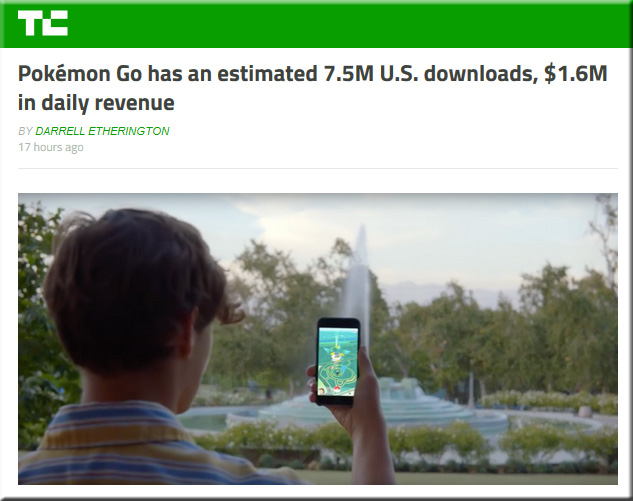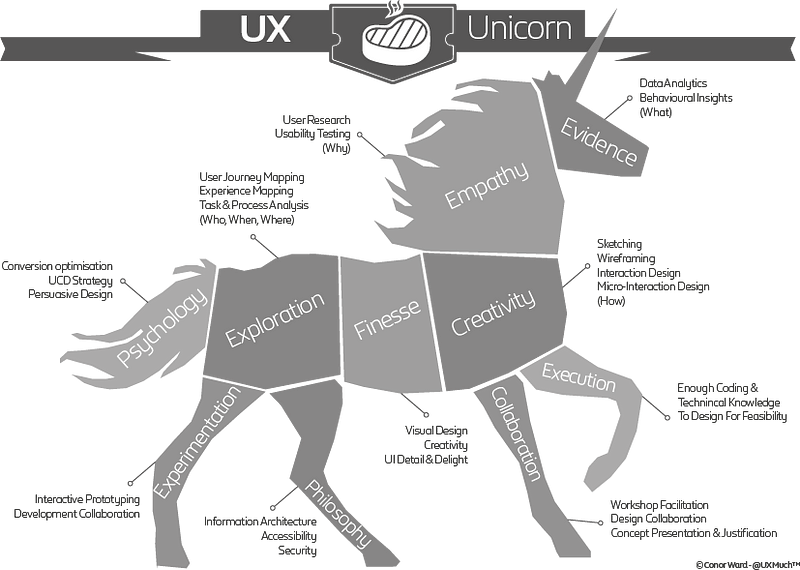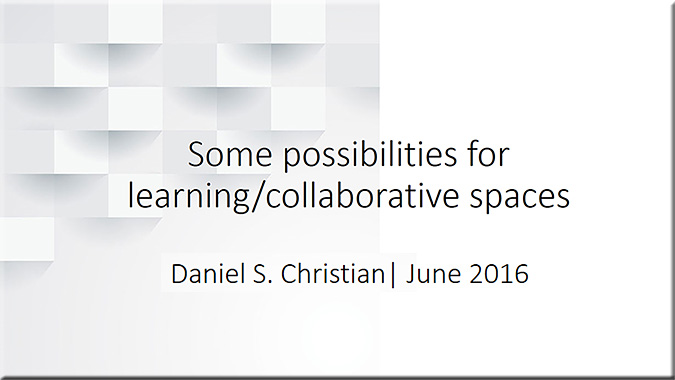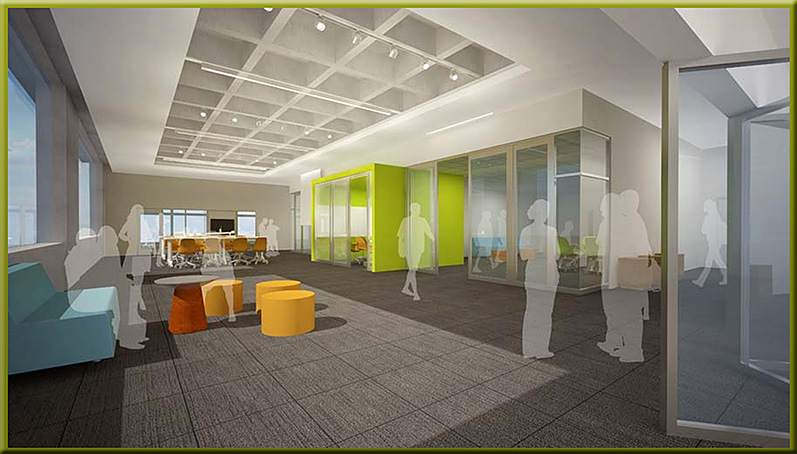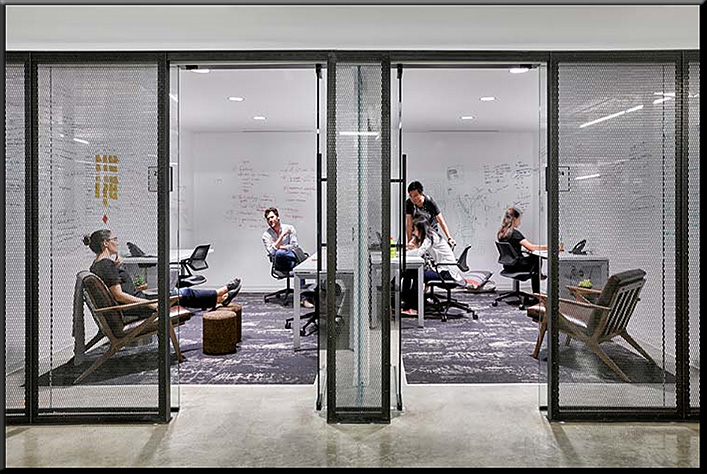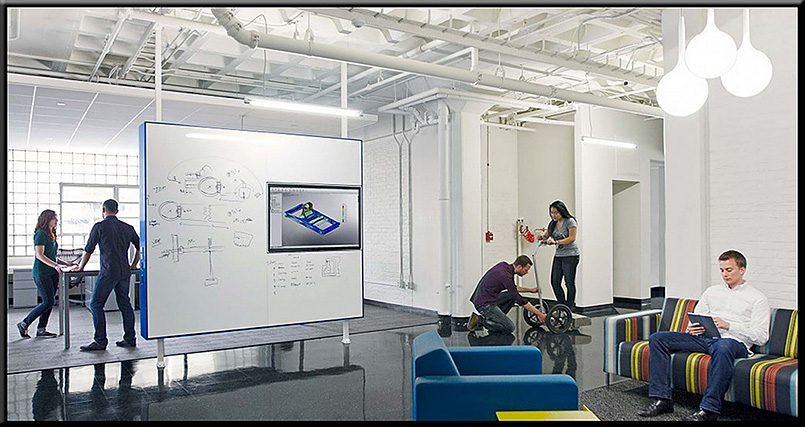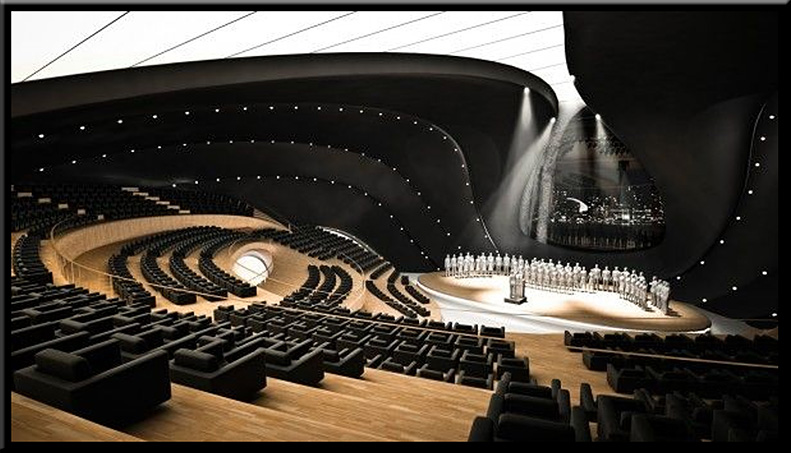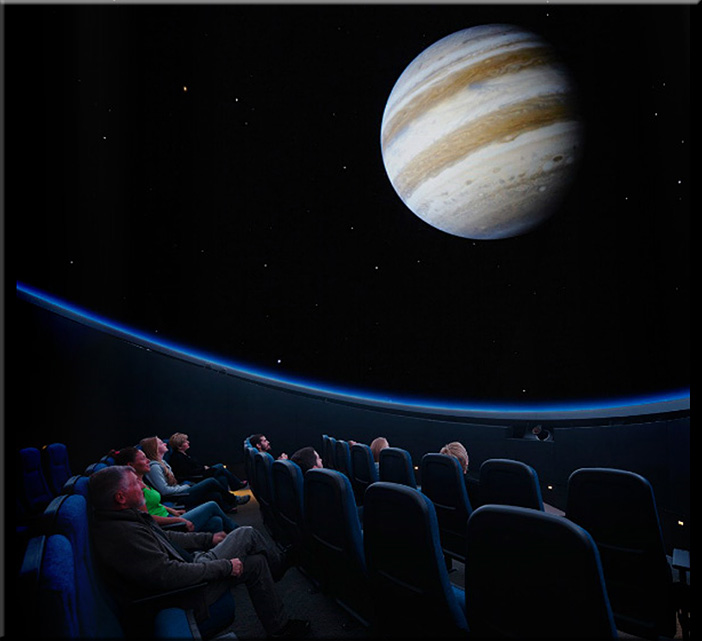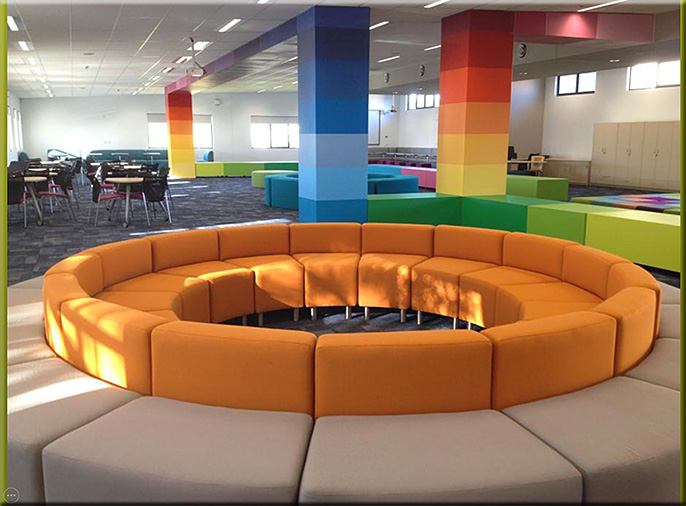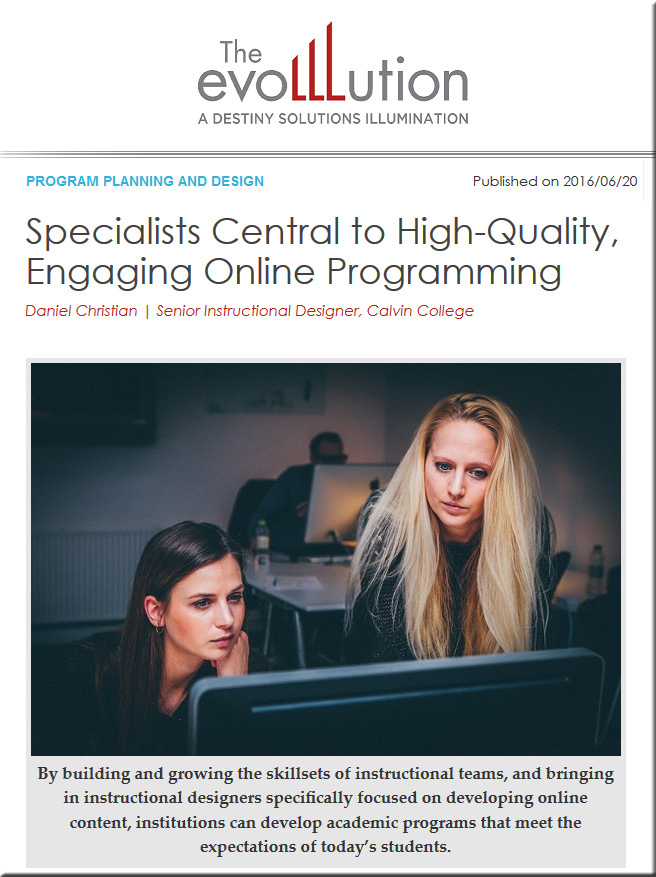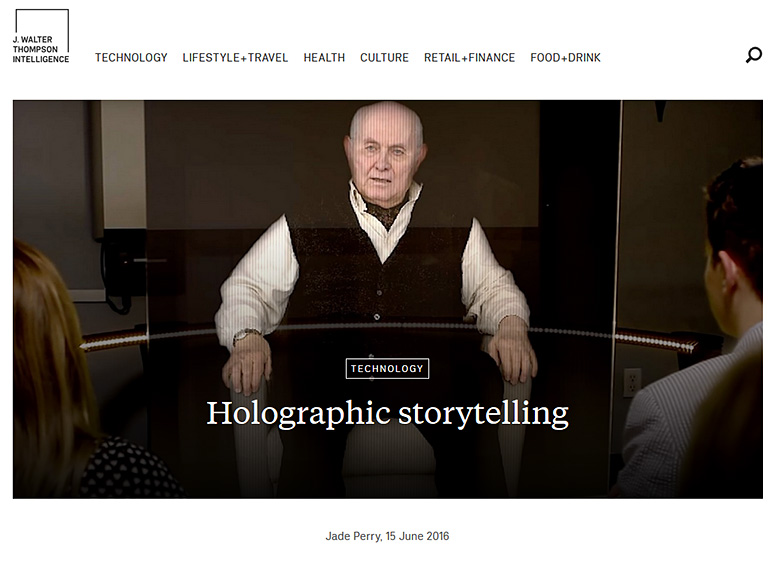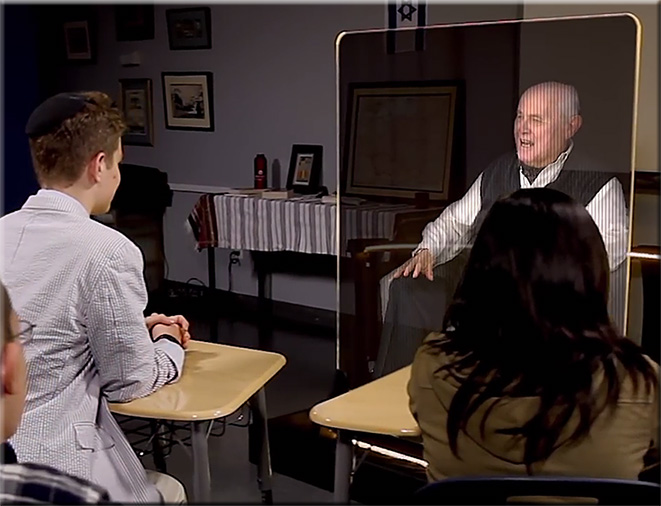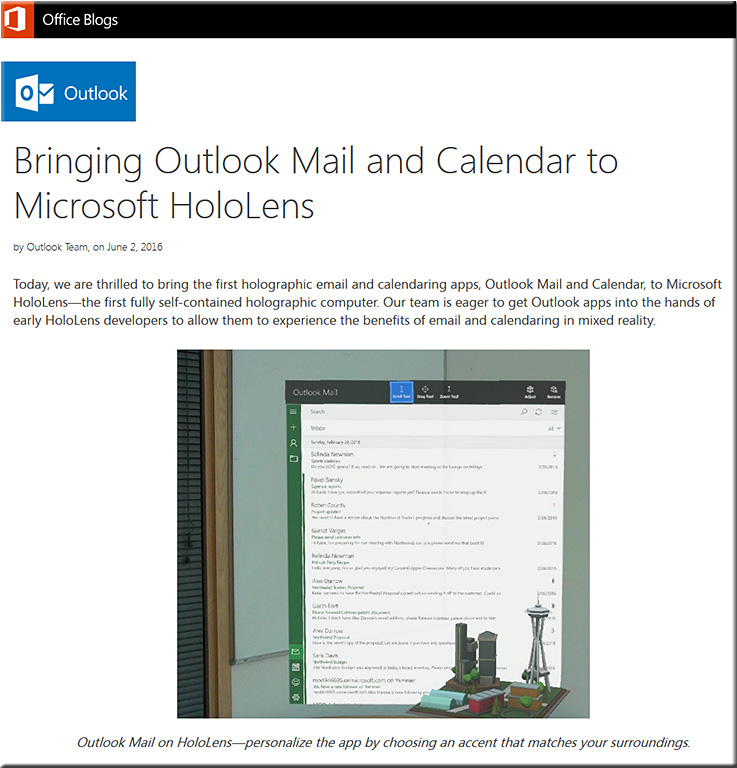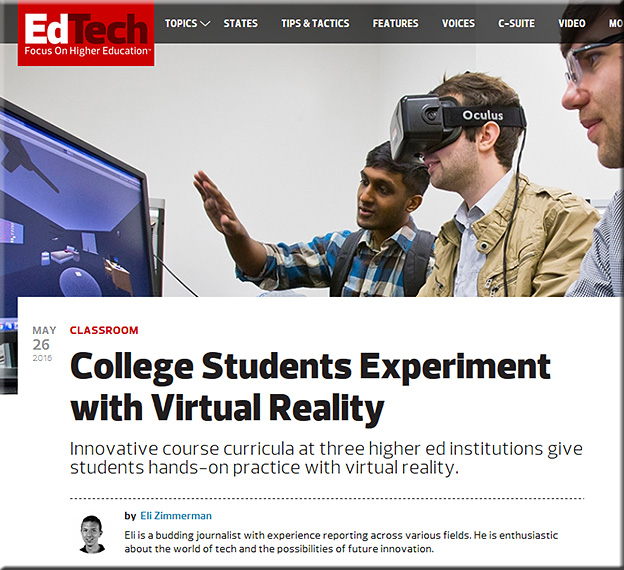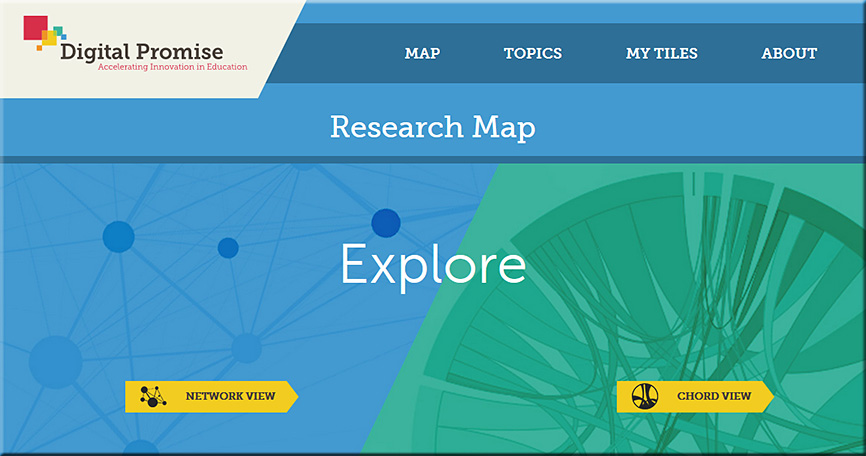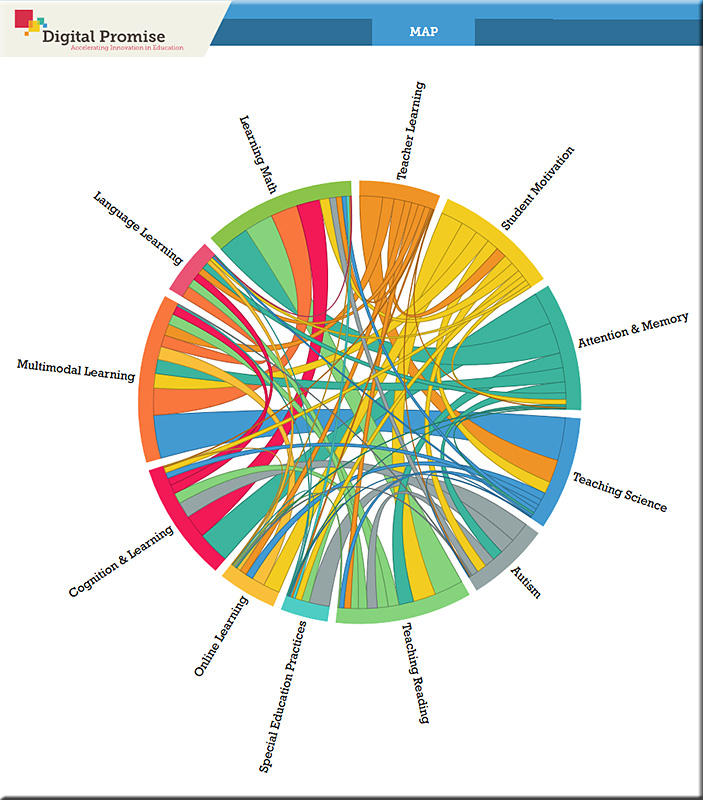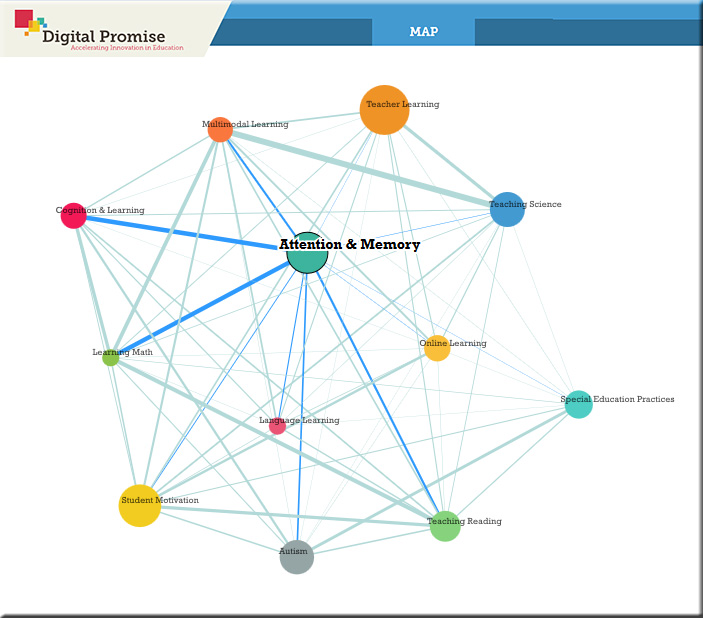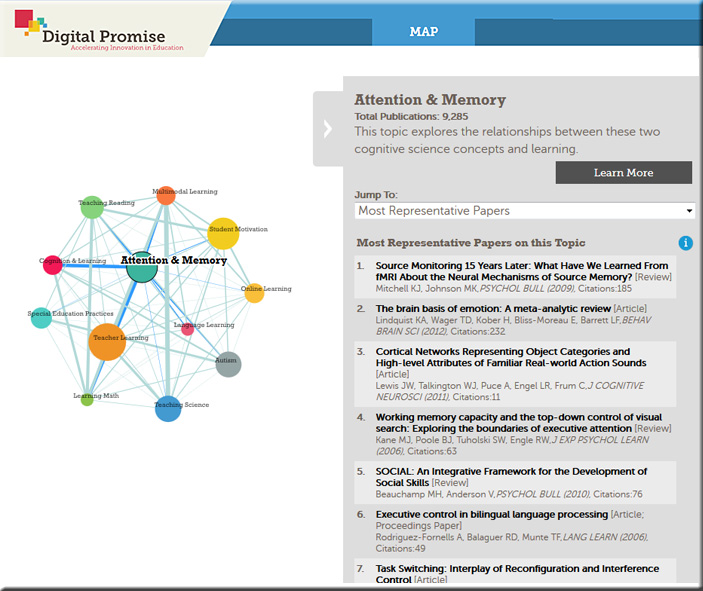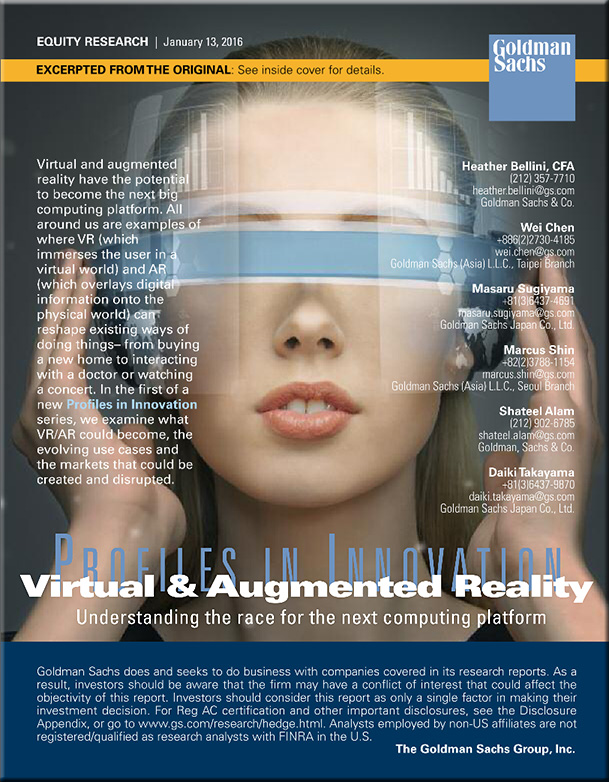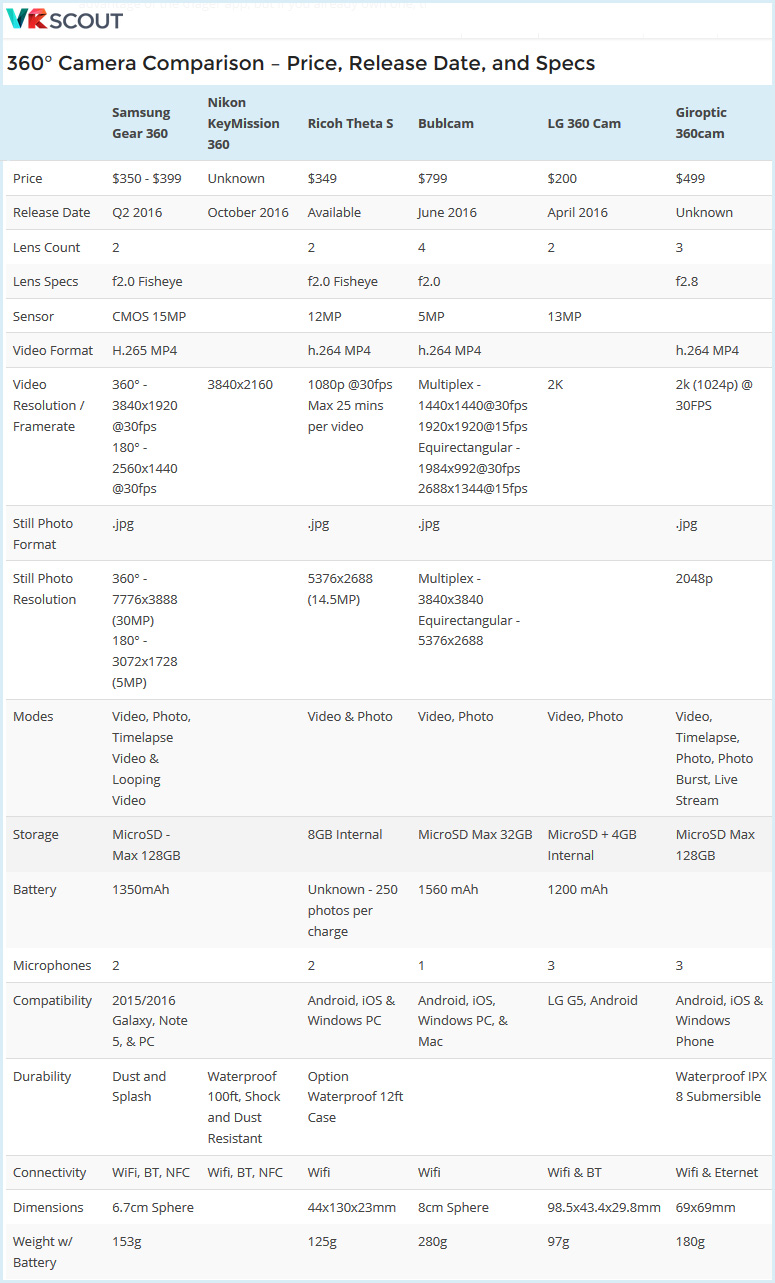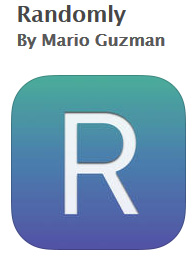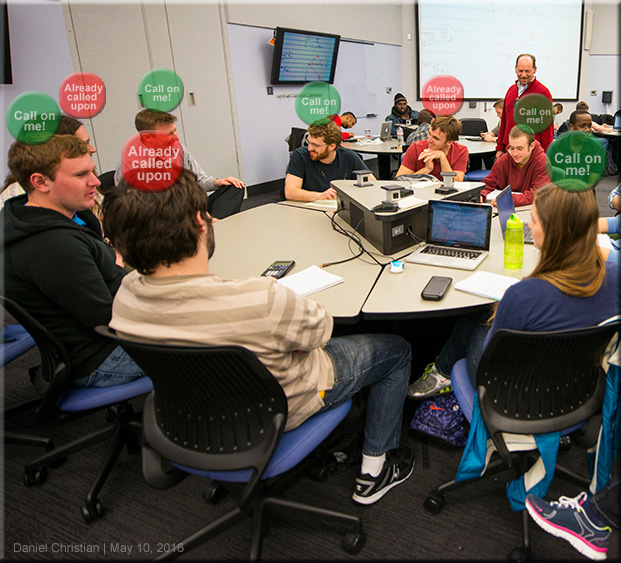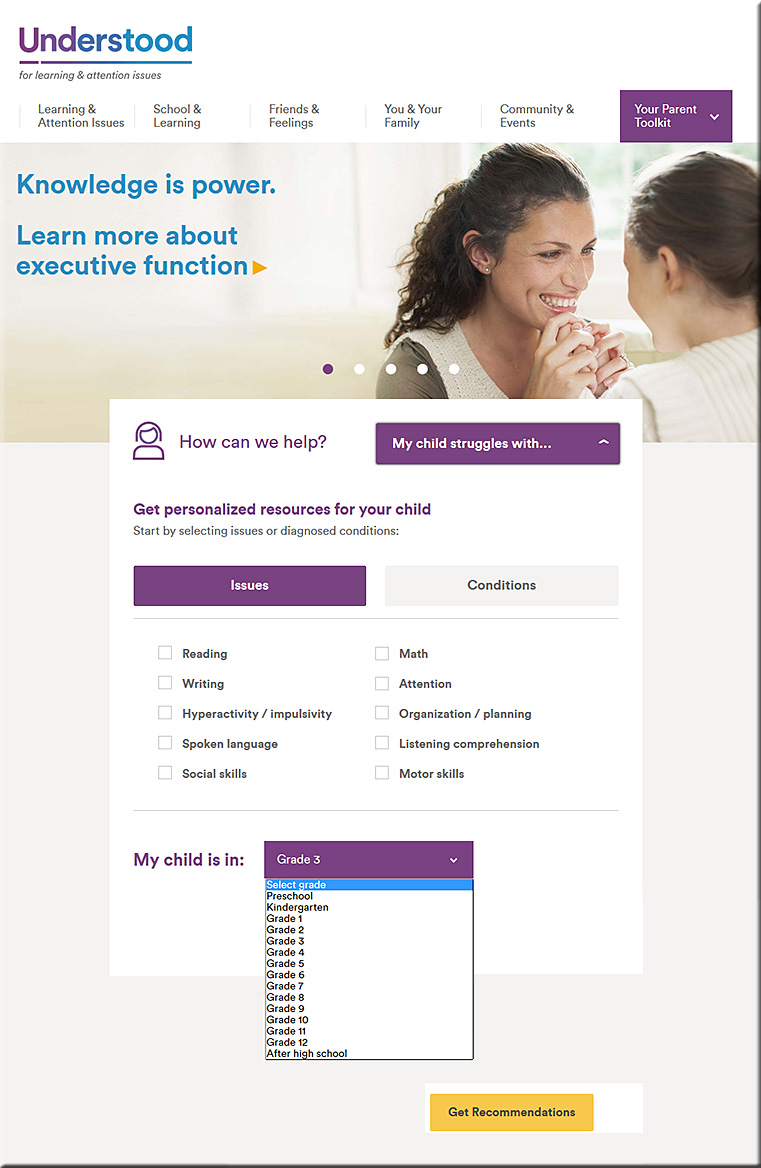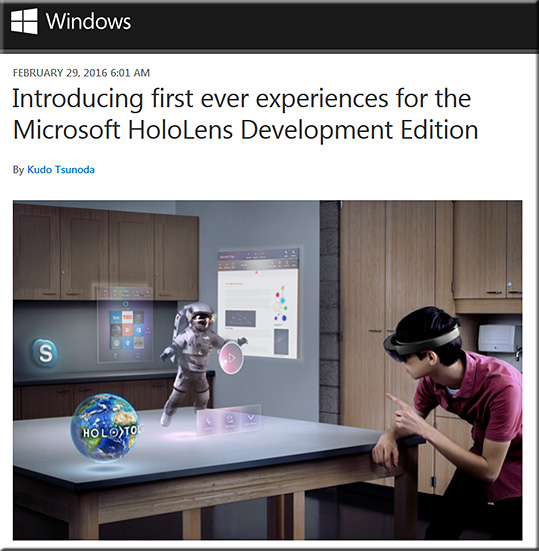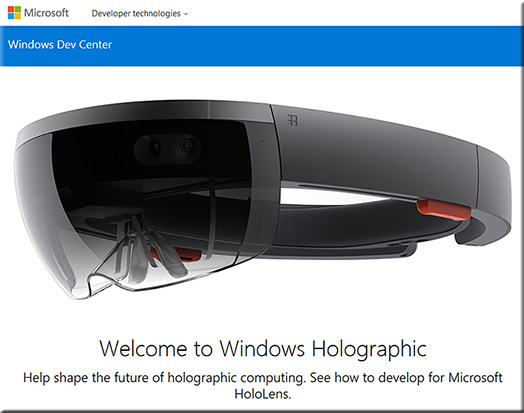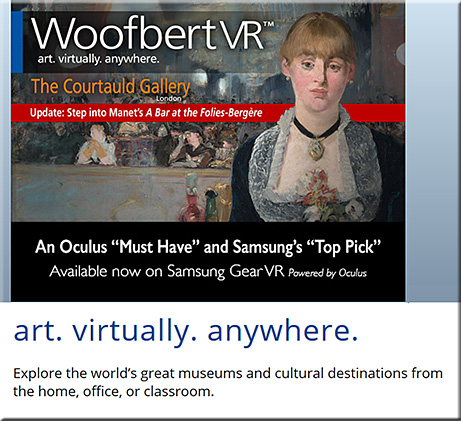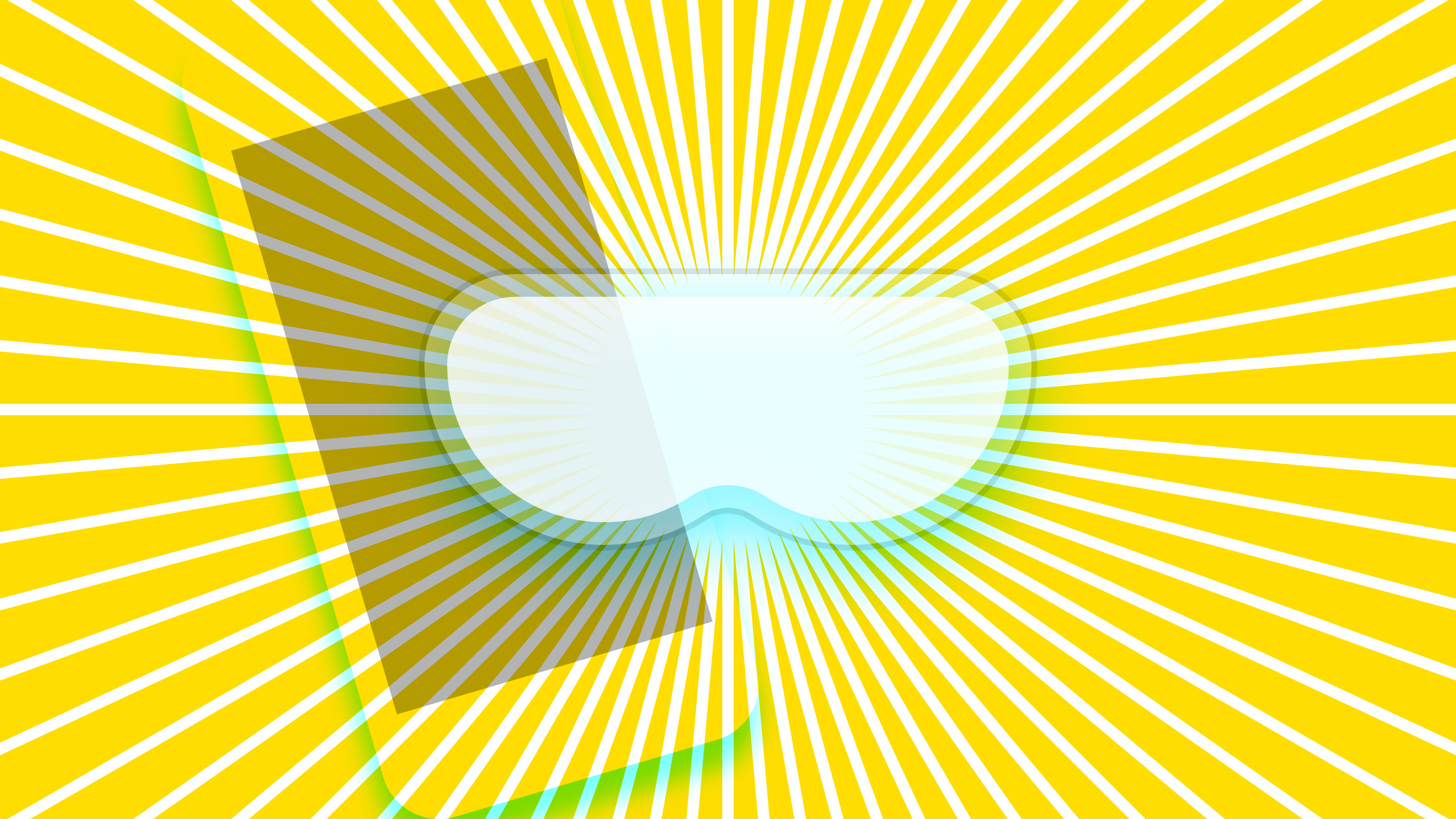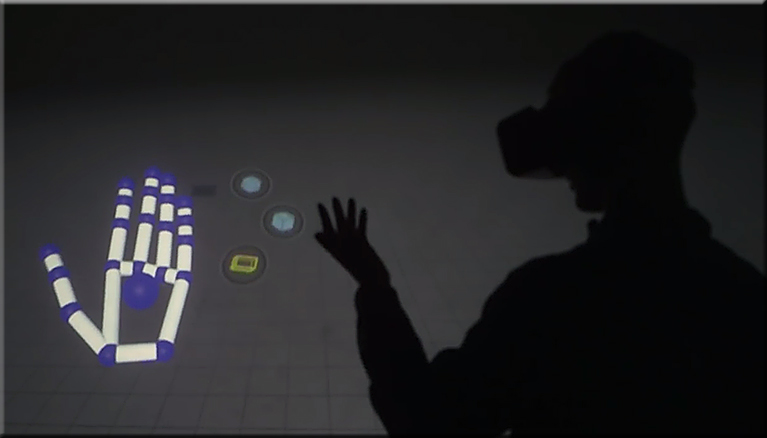From DSC:
I posted an item yesterday warning parents of the potential dangers of Pokémon Go. But I don’t want to leave it at that. I’m generally pro-technology and there are many solid, good, positive reasons for using most technologies. So I also want to post some other, more positive items showing the enormous success of this augmented reality (AR)-based app.
5 Crazy Facts That Prove the Ridiculous Popularity of ‘Pokemon GO’ — from uploadvr.com by David Jagneaux
Excerpts:
- Nintendo’s Valuation Increased by $9 Billion
- People Are Already Using it As Much as Twitter
- It’s Helping People Fight Depression and Anxiety
- Businesses Are Changing the Way They Operate
- Pokemon GO is Bringing People Closer to Together
The Weekend Pokémon Go Took Over America — from wired.com by Emily Dreyfuss, Brian Barrett, Kevin McFarland, Emma Ellis, Jake Muncy, and Chris Kohler

This Surprising Game Is Driving People To Church — from ministrytech.com

‘Pokemon Go’ Readies for Wider Launch as Nintendo Shares Soar — from uploadvr.com by by Jamie Feltham
Pokemon Go Is Driving Augmented Reality And Geolocation Adoption — from zugara.com by Matthew Szymczyk
What #PokemonGo means for immersive learning — from learningintandem.blogspot.com by Koreen Pagano
Excerpt:
But let’s end with some larger implications for learning, particularly organizational learning.
- New hire training: tour facilities with augmented reality or virtual reality. Meet key folks in the organization. See behind the scenes production, or visit HQ virtually.
- Skill refinement: once the basics have been taught, present ongoing practice scenarios. Could be internal, customer-facing, or software/equipment training.
- Product training: provide the ability to interact with multiple customers and see how the product benefits them differently.
- Application in context: how do you navigate a real-life complex environment effectively? Think busy retail, insurance adjusters, combat/disaster zones, crime scenes, etc.
- Just in time geographically relevant support: have a question in context? What if an app let you access training and tips relevant to where you are?
Pokémon Go is Improving Thousands of Users’ Mental Health — from interestingengineering.com by Trevor English
“Pokémon Go” May Prove That AR Is More Mainstream Than VR — from fastcompany.com by Daniel Terdiman
Ever seen this many people with VR headsets on at one time? Didn’t think so.
Playing Pokemon Go? You Need the Right Gear — from wired.com by Tim Moynihan
And along the security/safety awareness line:
- Pokémon Go can be a huge security risk – here’s how to play privately! — from imore.com by Rene Ritchie Mon
- Police Urge Pokémon GO Players to Stay Alert — from pixelkin.org by Nicole Tanner
- Pokémon Go shouldn’t have full access to your Gmail, Docs and Google account — but it does — from techcrunch.com by Devin Coldewey









